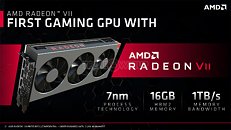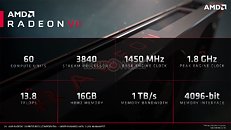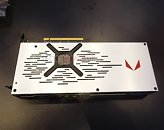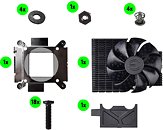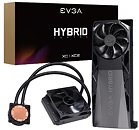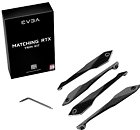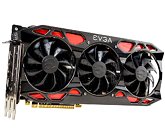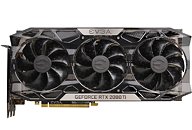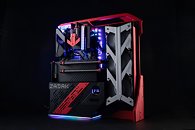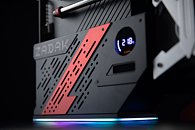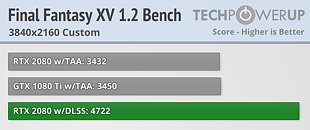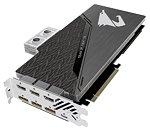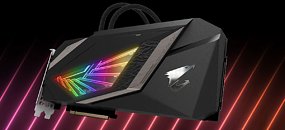Multiple sources confirmed to GamersNexus that the GTX 1080 Ti is starting to be really difficult to find. Supplies are decreasing and the reason seems to be clear: NVIDIA could have stopped the production of those graphics cards. This has had an immediate effect on these cards' prices, which in the last few days have increased everywhere in the world. The performance differences with the new GeForce RTX 2080 are not that important if you don't need the RT part of the equation -we could confirm this
on our own review-, but the price of these new graphics card have made considering a 1080 Ti a viable option for many users that are looking to upgrade their systems.
Prices for the RTX 2080 start at
$769 at Newegg for example, while the cheapest GTX 1080 Ti costs
$850 there. The story is the same at Amazon, where we can find the cheapest RTX 2080 at
$799,99 versus the
$878.12 for a used model of the GTX 1080 Ti. The high-end model of the Pascal series competes directly with the RTX 2080 and was cheaper not long ago, but that's not the story now. With prices climbing, some are claiming the same will happen to the GTX 1080, GTX 1070 or GTX 1070 Ti in the next few weeks.
Reports of RTX 2080 and RTX 2080 Ti inexplicably dying on users could also be fueling consumer-fear, as well as a [temporary] erosion in the value proposition of the RTX 20-series itself, as Microsoft pulled Windows 10 1809 Update, leaving fewer people with DirectX Ray-tracing, the software foundation for RTX.





